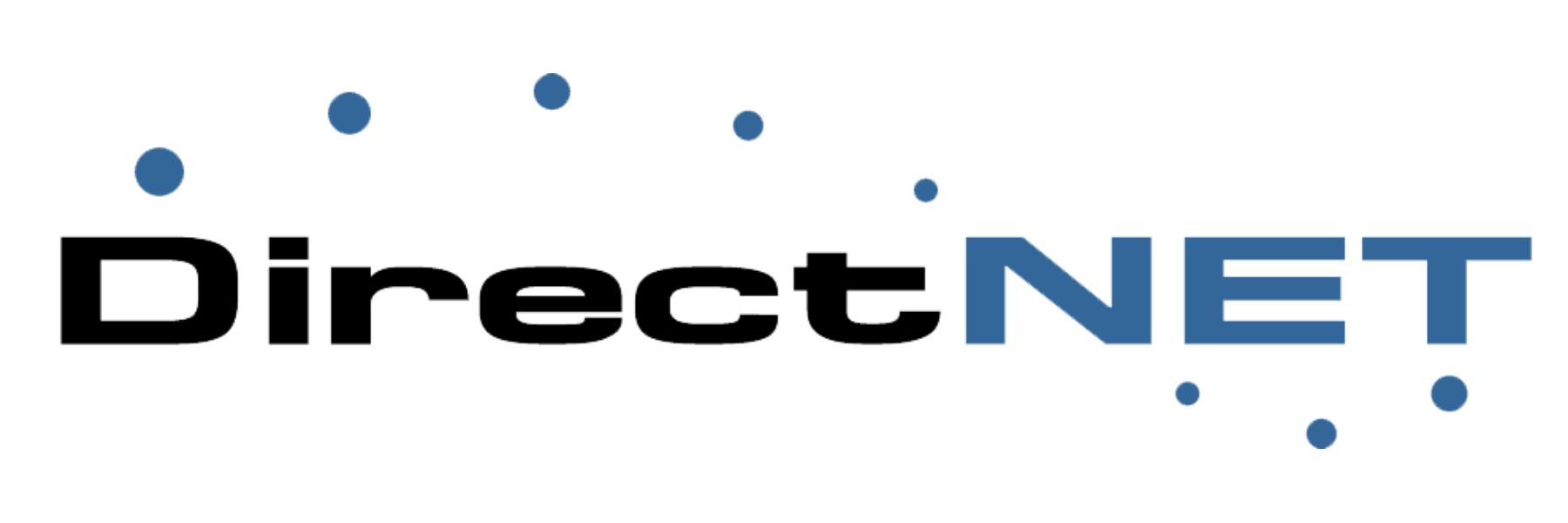Top Five Considerations to bring your KVM Switch products to the Latest Technologies
Upgrade your current KVM switch architecture and clean up your server room. Below are some of the top KVM switch upgrade options you can use to update your Data Center environment.
1. Upgrade to CAT5
CAT5 KVM switches dramatically reduce desktop and server rack cable clutter and allow users and computers to be situated farther apart than they could be using the standard KVM cable. CAT5 switches also scale much larger on both the user and system sides, providing additional flexibility as your organization grows.
The major difference between standard and CAT5 based KVM switches is the cable interface that connects the computers to the KVM switch. CAT5 KVM switches use adapters called dongles. Dongles dissect and amplify analog keyboard, mouse, and monitor signals for transmission over CAT5 using RJ-45 connections. Users then utilize a CAT5 cable to connect the dongle to a port on the KVM switch. The maximum length that the CAT5 cable runs varies by manufacturer; higher-end analog CAT5 KVM switches allow a user and a server to be up to 1,000 feet apart. This distance is affected by resolution and environmental factors, such as electromagnetic interference.
Suggestions:
Distance limitations regarding how far users and computers can be extended vary by manufacturer. Take into account how far computers will be placed away from the switch and their maximum resolution before deciding on a CAT5 KVM switch. Also, note that while CAT5 switches generally do not support audio, audio is supported by certain models, such as the broadcast-focused AMX from Avocent.
2. Add Remote Management
Remote management solutions allow you flexibility when managing or troubleshooting servers and devices. The latest solutions provide bios-level access to all attached servers and network applications from any location worldwide with an internet connection. This allows for greater efficiency in Data Center management and a reduction in server downtime. At the same time, remote management provides you with the ability to easily scale systems to accommodate increases in staff and server count, manage user permissions, and secure profiles from a single location/interface with no geographical constraints. Remote server management also allows for centralized Data Center control, as all Data Center devices can be viewed from one screen. Remote management can be accomplished through the use of digital KVM switches or front-end IP products.
Suggestions:
Administrators need to consider the appropriate level of access and centralization they need, as well as the level of appropriate redundancy. Internal modem support for fail-safe back-up is standard on some front-end IP management devices. Low-end IP switches will not offer this feature, which will leave users with network issues without a connection. Internal or external modem support will offer true IP redundancy.
3. Add Remote Power Control
Remote power management solutions provide administrators with the ability to cycle power to non-responsive systems and cold boot problem systems from any location, leading to a reduction in server downtime and significantly reducing losses due to outage. Through the use of intelligent power management solutions, administrators can reboot servers at remote locations via a web interface and proactively monitor power consumption and status, thus reducing the amount of service calls and tickets for power-related issues or server reboots. Remote power management solutions are also used to manage servers at branch locations where there is no IT staff, offering cost-efficient “lights-out” operation at those sites.
Suggestions:
Administrators should consider whether they want to use standalone remote power management solutions or integrate remote power control with existing KVM over IP solutions. For example, Server Technology’s suite of products, including its line of Sentry switched CDU products, are standalone solutions that can also be effectively integrated with KVM over IP products.
In addition, if more than 16 remote controllable outlets are needed, consider total Amperage of the combined attached servers. Calculate power consumption rate first before investing in a high-port density power strip to ensure that the internal circuitry can handle the load.
4. Convert Existing KVM Architecture to a Digital Solution
Consider upgrading and aggregating access to your multiple KVM switches to one main KVM management solution. Managing separate KVM environments is costly and time-consuming. Digital solutions can help make Data Center management more efficient and effective.
Suggestions:
Minicom’s KVM.net system allows you to leverage your existing KVM investment and provides secure, centralized KVM access to servers. Minicom’s PX single-server front-end IP devices provide non-blocking access to servers and can be integrated with the KVM.net system. You can connect a PX to each of your mission-critical servers to turn the KVM.net system into a fully secure, digital, non-blocking solution and use it as a front end to your existing analog KVM switches, giving you a singe interface for management.
5. Start Over
On your current low-end KVM switch, are you losing keyboards and mice on the return trip back to Port 1 from Port 4? Have you RMA’d the same switch three times to no avail? If so, you need to retire the old, low-end KVM switch and start over. Rebooting your systems and an entire 16-port solution is not worth the time and hassle. Upgrade the quality of your low-port density unit to give you the reliability you need at a price you can afford.
Suggestions:
Plan for port expansion now since you have the opportunity to buy a new KVM solution. If, for example, 16 ports were not enough, now is the perfect time to expand your KVM architecture. Expanding to fit your current and future needs will be a lot easier than cascading multiple unlike KVM manufacturers down the road.




